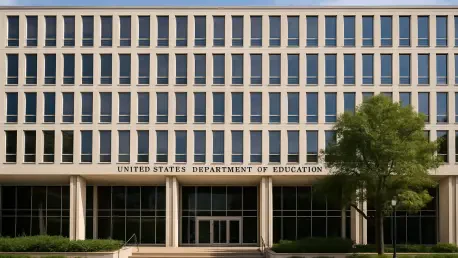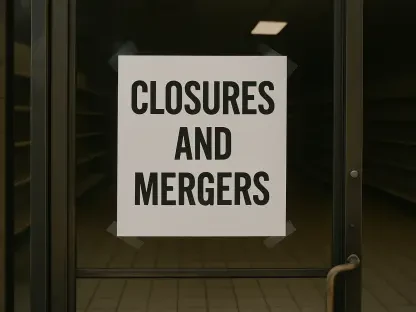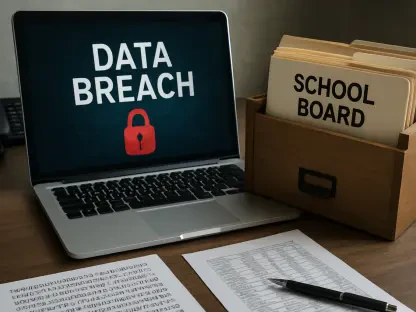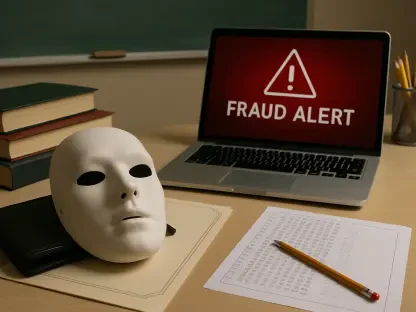A sweeping revision to a marquee student debt relief program arrived with a provocative premise: the government will continue to forgive loans for public servants, but it will draw a sharper line around which employers count as public service. The Education Department issued a final rule that allows it to disqualify nonprofit organizations deemed to have a “substantial illegal purpose,” a new eligibility screen that preserves credit for payments made up to the date a finding becomes effective and cuts off qualifying payments afterward. Framed as a taxpayer safeguard and slated to take effect in July 2026, the policy implements a March executive order from President Donald Trump and reverses course from the recent era of broadening access. The stakes are immediate for borrowers planning careers around PSLF and for nonprofits that could face scrutiny, corrective oversight, or litigation.
What the Final Rule Does
New Employer Screen: “Substantial Illegal Purpose”
At the heart of the regulation is a novel filter: PSLF eligibility now hinges not only on an organization’s tax status, but on whether the department concludes that the employer’s mission or sustained conduct embeds illegal activity. Government agencies remain in bounds, and nonprofits that hew to the law continue to qualify. The department says it intends to separate persistent violations from isolated slip-ups, emphasizing patterns and purpose over episodic errors. That posture makes employer eligibility dynamic rather than binary, with the department empowered to revisit determinations as facts evolve, and to ensure that forgiveness benefits are not tethered to organizations engaging in unlawful practices.
This threshold shifts risk from borrowers to employers, yet it also recasts PSLF as an ongoing compliance regime rather than a static checklist. The department portrays the approach as a balance: maintain trust with taxpayers while honoring commitments already made to public servants who relied on prior rules. By drawing a bright temporal line—payments count until a finding takes effect, and not after—the policy tries to avoid retroactive harm. However, the very possibility of a future finding introduces uncertainty into workforce planning. For some nonprofits, the implicit message is clear: implement robust compliance controls now or face scrutiny later, because employer status has become a living designation.
Triggering Conduct and Evidence Standard
The rule details categories of conduct that can trigger a bar, giving the department a roadmap for enforcement while signaling the kinds of activity it views as incompatible with federal loan forgiveness. Disqualifying conduct includes aiding and abetting federal immigration violations or illegal discrimination; supporting terrorism or violence aimed at influencing federal policy; what it terms “chemical and surgical castration or mutilation of children”; facilitating the trafficking of children across state lines to sever parental ties; and a demonstrable pattern of violating state laws. These categories reflect a mix of long-standing federal priorities and hot-button issues that have energized contemporary political debates around nonprofit missions.
To make a determination, the Education Secretary can rely on a “preponderance of the evidence,” a civil standard that asks whether it is more likely than not that the conduct occurred. The department may consider final court rulings and settlements that include admissions, a move that broadens the evidentiary pool beyond convictions. That discretion is tempered by process: organizations receive notice, can respond, and may contest the department’s assessment. Yet the standard also allows patterns and admissions to add up to a finding even without a criminal verdict. Supporters argue this empowers timely intervention when organizations cross legal lines; critics say it risks sweeping in controversial but lawful work under the banner of illegality.
Process, Timelines, and Borrower Protections
Procedurally, the rule sets out a path that mirrors administrative enforcement norms: preliminary findings, an opportunity to respond, and access to appeals. Employers can negotiate or implement corrective action plans aimed at remediation and continued eligibility, a practical off-ramp for organizations that seek to fix identified problems without interrupting workers’ PSLF progress. If the department imposes a bar, reapplication is available only after ten years, establishing a cooling-off period that underscores the seriousness of the finding. For borrowers, the credit ledger remains intact through the effective date of disqualification, offering a cushion against retroactive loss while warning that continued employment past that date will not help build toward forgiveness.
The policy’s timing matters. With the effective date set for July 2026, organizations have a window to assess exposure, shore up compliance, and, if needed, pursue corrective agreements. Borrowers, meanwhile, can evaluate whether to remain in roles that could become nonqualifying and, if necessary, plan transitions that preserve PSLF momentum. That planning imperative is especially acute for workers near the 120-payment threshold, for whom a stalled count could mean significant delays. The department’s choice to protect past payments mitigates some harm, but it does not eliminate disruption. In practice, the rule inserts a due diligence step into career decisions for public service professionals: verify employer status, and verify it again.
Politics, Precedent, and Pushback
A Program Shaped By Administrations
PSLF has always sat at the intersection of policy ambition and administrative complexity. Enacted in 2007, it promised loan forgiveness after 120 qualifying payments for those serving in government or eligible nonprofits, but early years were defined by denials and confusion. Subsequent reforms sought to correct course, and by late 2024 federal data showed over one million workers had received relief after broadened counting rules recognized more types of payments and periods of service. The new rule marks a sharp counterturn, arguing that expansion let taxpayer-funded benefits flow to organizations engaged in objectionable or unlawful aims and that tighter gatekeeping is necessary to restore program integrity.
This oscillation follows familiar patterns in education policy, where statutory guardrails leave room for executive branch interpretation. As eligibility toggles with administrations, borrowers and employers shoulder the resulting uncertainty. The department reads the PSLF statute as permitting a more selective definition of qualifying employers; opponents say Congress intended a clear, stable category that agencies cannot narrow by regulation. The legal question will hinge on statutory text and deference doctrines, but the practical reality is already visible: PSLF is no longer just about whether payments and months qualify, it is also about whether an employer’s mission survives heightened legal scrutiny over time.
Expected Lawsuits and Real-World Ripples
Advocacy groups have readied lawsuits that frame the rule as both unlawful and politicized, arguing that it empowers the government to single out nonprofits aligned with contested causes—gender-affirming care for minors, immigrant support services, and protest-related civil liberties among them. They contend the department exceeded its statutory authority and commandeered a congressional function by redefining a core element of PSLF through regulation. The inclusion of settlements and patterns in the evidentiary mix will likely face challenge as well, with plaintiffs saying the standard invites guilt by association or chilled speech. Courts will be asked to weigh text, precedent, and the boundary between program integrity and viewpoint discrimination.
On the ground, nonprofits are already triaging risk. Organizations that touch flagged domains are reviewing policies, documenting compliance, and considering corrective action templates as a hedge. Some may tailor services to avoid triggering categories, while others will choose to litigate rather than concede mission. Borrowers are scanning HR portals and federal guidance for status updates, building contingency plans that include lateral moves within government or to clearly eligible employers. The real-world footprint will depend on how aggressively the department enforces the rule and how quickly courts rule on challenges. In the interim, PSLF has moved from a static promise to a managed risk, nudging both employers and employees toward compliance-oriented decision-making.









